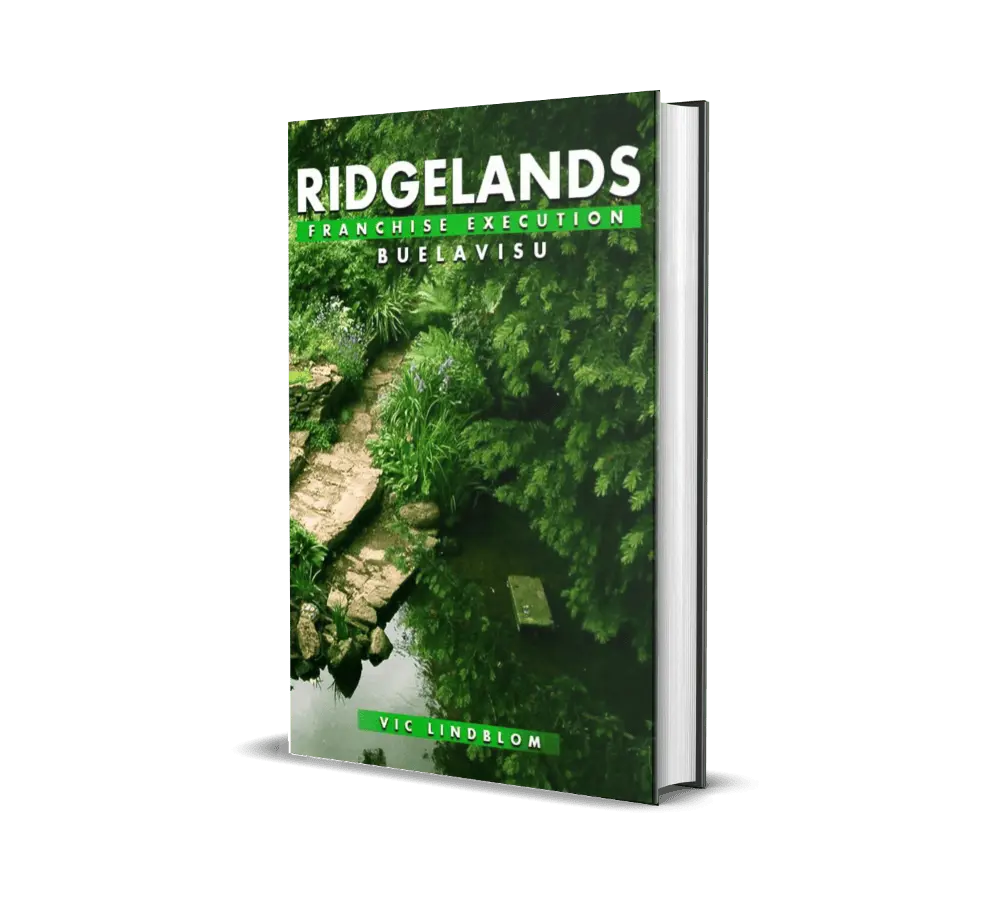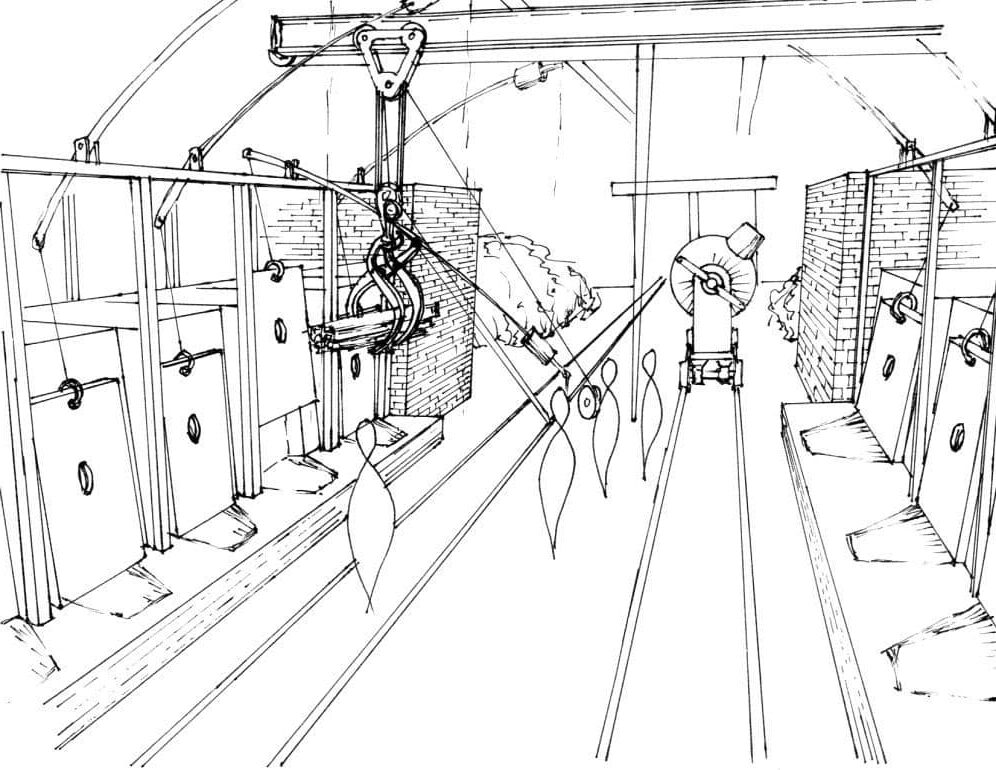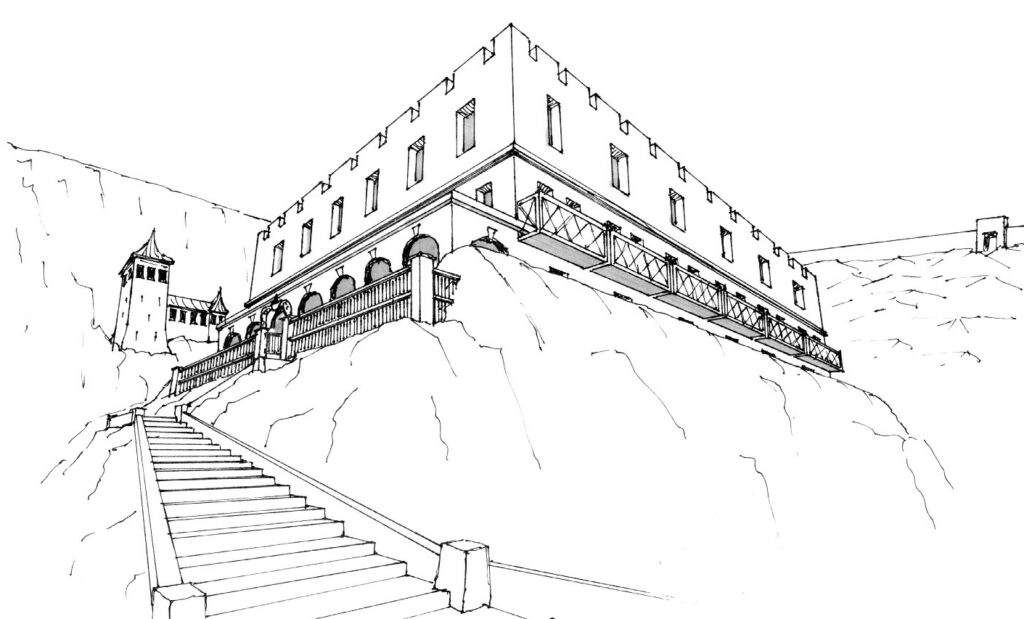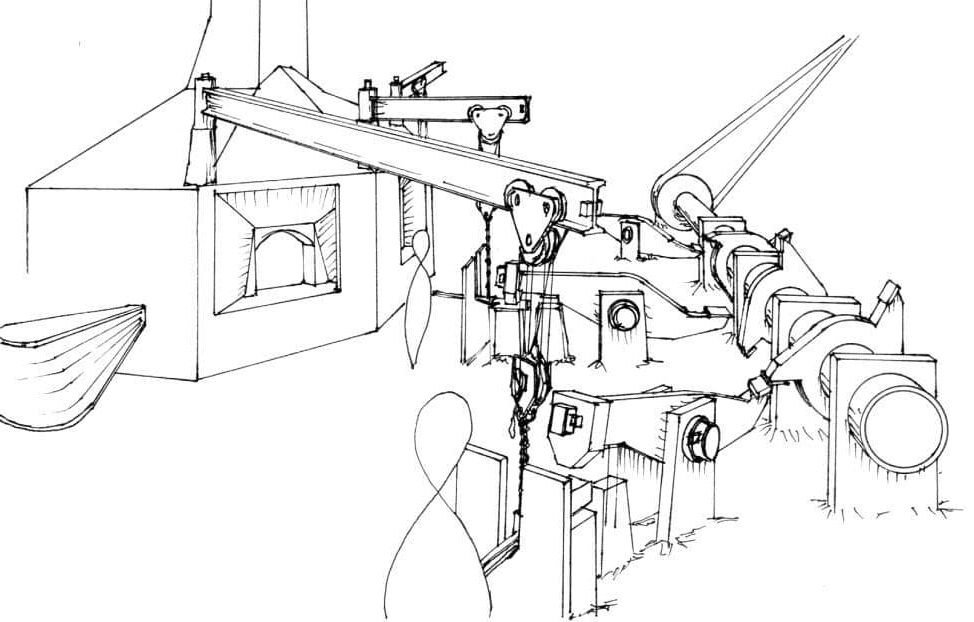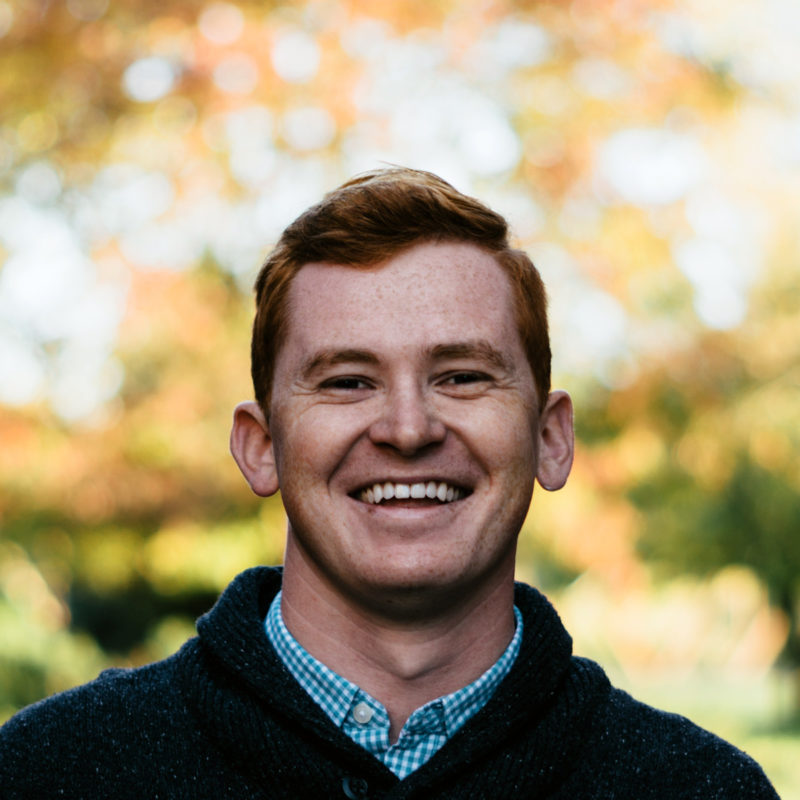Free First Chapter
Get First Chapter Sample
Vic Lindblom’s book “Ridgelands Franchise Preparation” delves into the intriguing realm of franchise preparation.
Please click the below button to access a free chapter preview and buy a book right now.
You have to act quickly to secure the invaluable insights that are awaiting you.



